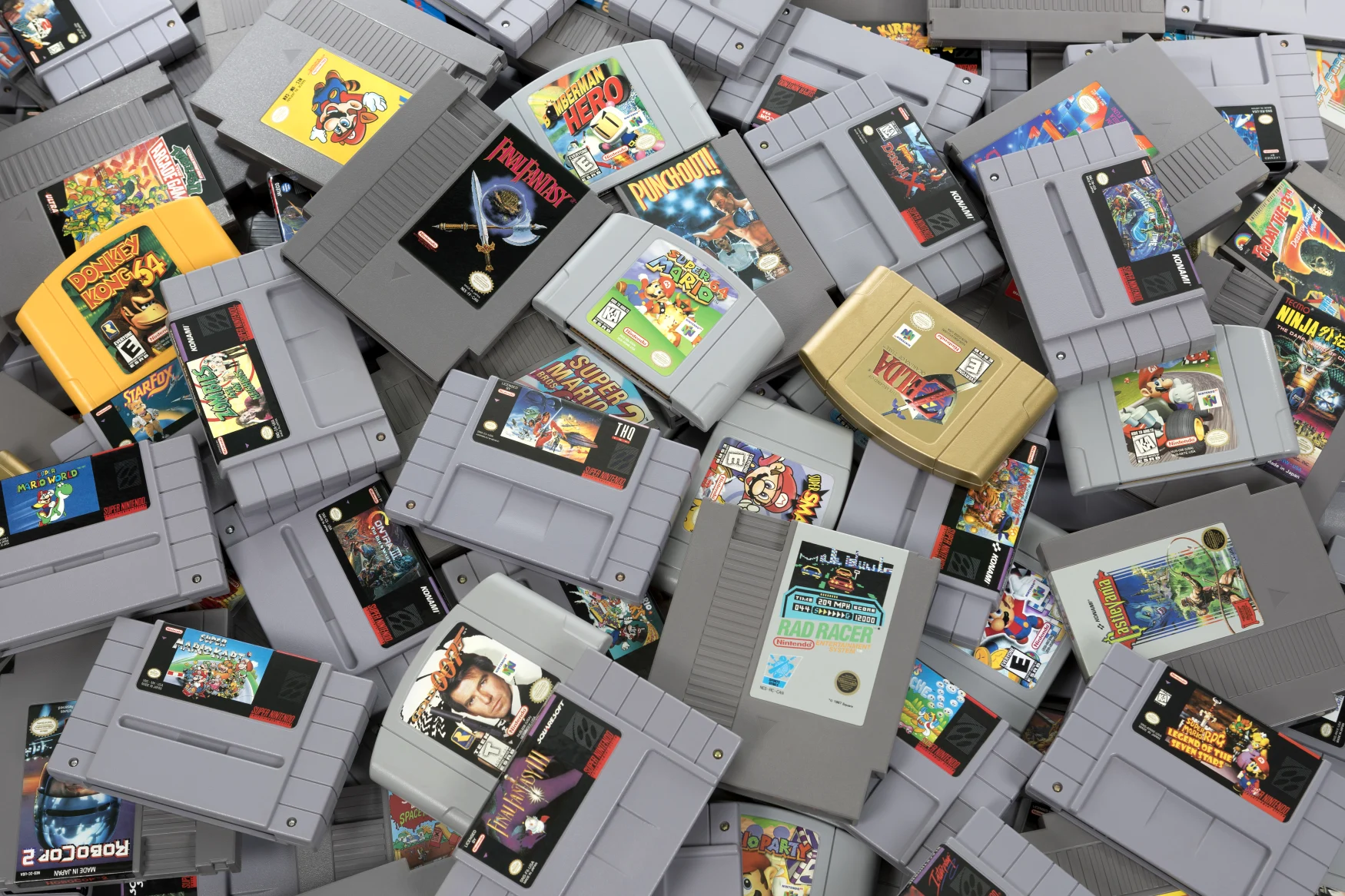Nothing will make you feel old like the anniversary of a much loved gaming console. Perhaps none more so than the 40th birthday of the Nintendo Entertainment System (or the Famicom as it was known for its 1983 Japanese debut).
Having launched in the very same year that the games industry crashed, Nintendo faced an uphill battle to make what would become the NES a commercial success. But we all know what happens next. Nintendo, through some shrewd decisions, creative talent and maybe just a dash of luck would become a console gaming right up to this very day. But it all starts with an unassuming beige and red box that two years later would become the retro-futuristic gray box that we all know and love.
Here are seven gaming legacies that Nintendo’s first home console gave to the world.
Bringing the D-pad

Kris Naudus for Engadget
It’s hard to imagine now, but there was a time where game controllers were almost as unique as the console they were connected to. As wild as it might sound, the NES was the first home console that sported the humble D-pad. The cross-style design would become a standard on controllers to this day.
Like all good inventions, it was born out of necessity. Nintendo’s early Game & Watch handhelds needed a control system that was pocket-friendly. A tiny joystick was impractical, plus the company wanted something more reliable than the four directional buttons some systems experimented with. Cue a little bit of design magic and the iconic D-pad as we know it was born.
The design was so effective that it was included on the NES controller along with two input buttons, instantly becoming a winning formula. This format proved so popular that you’ll be hard-pressed to think of a modern console that doesn’t use some form of this layout.
Better third-party games
Today we expect console titles to be of a certain standard, even if that doesn’t always pan out. We can broadly thank Nintendo, and specifically the NES for this. In the early ‘80s, third-party game development was a wild west with few checks and balances — any company could develop and publish games for any system. When the NES came along, it introduced the concept of licensed third-party games thanks to the NES’s 10NES “lockout” chip that prevented just anyone publishing a game for the platform. In turn, this created some form of quality control which would go on to become an industry standard.
It wasn’t all entirely positive (if you weren’t Nintendo that is). The 10NES was the first mass-market use of what we’d now generically call DRM, and it allowed Nintendo to initiate the industry-standard 30 percent licensing fee which, in its evolution, is still a source of contention with developers (and customers). The NES also introduced the idea of “exclusives” which is something else we still see for modern releases (often to the chagrin of gamers).

robtek via Getty Images
That said, Nintendo’s “seal of approval” did a lot to revive the gaming industry after its infamous crash in 1983, and for that we’re eternally thankful. Not to mention, we can’t be sure any amount of Mario would have made the platform what it was without titles like Contra, Mega Man 2 and Dragon Warrior, all made by third-party developers.
Bonus: Nintendo’s “10NES” lock-out chip authentication chip is also the reason why you sometimes had to “blow” into a cartridge, as if the contact between the chip and the console wasn’t perfect it would stop the game from booting. That’s, perhaps, another long-lasting legacy we’re glad to see the back of.
Console game saves
The Legend of Zelda’s legacy speaks for itself, but its debut on the NES came with a feature that changed everything: game saves. This had never been seen on a console in the US before and it changed what was possible for console games across the board, paving the way for bigger, more complex titles. A lot of the NES’ best loved franchises like Dragon Quest and Final Fantasy simply wouldn’t have been possible without battery saves, giving the technology an outsized legacy.
While games on disk-based computers had been deploying saves for a couple of years, consoles didn’t have internal storage, so players were stuck with workarounds like codes or passwords. Unlike a proper save, which would include things like current weapons and power-ups, a password would usually (though not always) just start you off at the beginning of the last level you were on. This was practical for things like racing games or platformers, but problematic for things like RPGs and sims.
The technology wasn’t perfect of course. If the battery died or somehow lost contact, you would lose all your saves. But it was a good enough system to last into the 2000’s with some form of on-cartridge saves being used right up until the 3DS. There was, of course, a free, time-honored alternative way to “save” games, usually when you had to go down for dinner: pause and switch off the TV (and maybe hide the controller from any siblings).
The video game mascot

